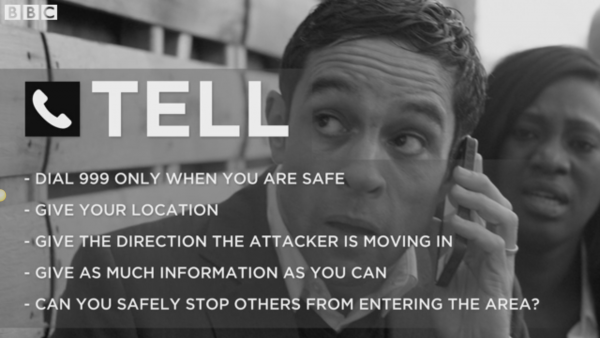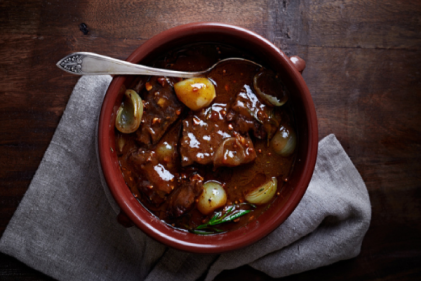Children should be taught how to keep safe during a terrorist attack, according to a senior Scotland Yard officer.
The national campaign to stay safe during a firearms or weapons attacks should be taught to children, according to Lucy D'Orsi, spokesperson for the National Police Chiefs' Council (NPCC).
The 'Run Hide Tell' campaign was launched in 2015 by the Government, to increase public safety and vigilance during an attack in a public space. D'Orsi said that any terrorist attack in a crowded or busy place was likely to affect a large number of young people as well as adults.
“Run Hide Tell - for me, that messaging needs to be to children as well as to the broader public," Asst Dept Commissioner D'Orsi said. "If we take a lot of our crowded places and some of the places that you will work in. We know that at key times they are a hub that attracts a lot of young people to go to those places."
Run Hide Tell was rolled out during a time that the UK Government considered to be 'severe' or highly likely to face a domestic terrorist attack. The Paris attacks occurred in November 2015, in which 130 people were killed while sitting in cafes and restaurants, and the majority were killed in the Bataclan music venue.
Run Hide Tell instructs a person to:
- RUN to a place of safety. This is a far better option than to surrender or negotiate. If there’s nowhere to go, then...
- HIDE. It’s better to hide than to confront. Remember to turn your phone to silent and turn off vibrate. Barricade yourself in, if you can. Then, finally, and only when it is safe to do so…
- TELL the police by calling 999.
Speaking at the World Terror Congress in London, D'Orsi said that Run Hide Tell needed to be the new 'stranger danger': "When I was at school, everybody used to talk about stranger danger, and that was the sort of buzz phrase, and it’s still a thing I remember today."
Following the attack in Sweden, a politically-neutral country like Ireland, security specialist Tom Clonan wrote: "In light of recent developments involving low-tech ‘Lone Wolf’ attacks, and particularly in light of the Stockholm attack, I believe that the threat level for Ireland should be raised to the next level, ‘Substantial’. In other words, that an attack within Ireland is ‘a strong possibility’.
"Twelve months ago, I would have said that an attack on Ireland was possible, in theory, but unlikely. I now believe that a terror attack within Ireland – similar to the vehicle attacks in other European states – is a distinct possibility."








